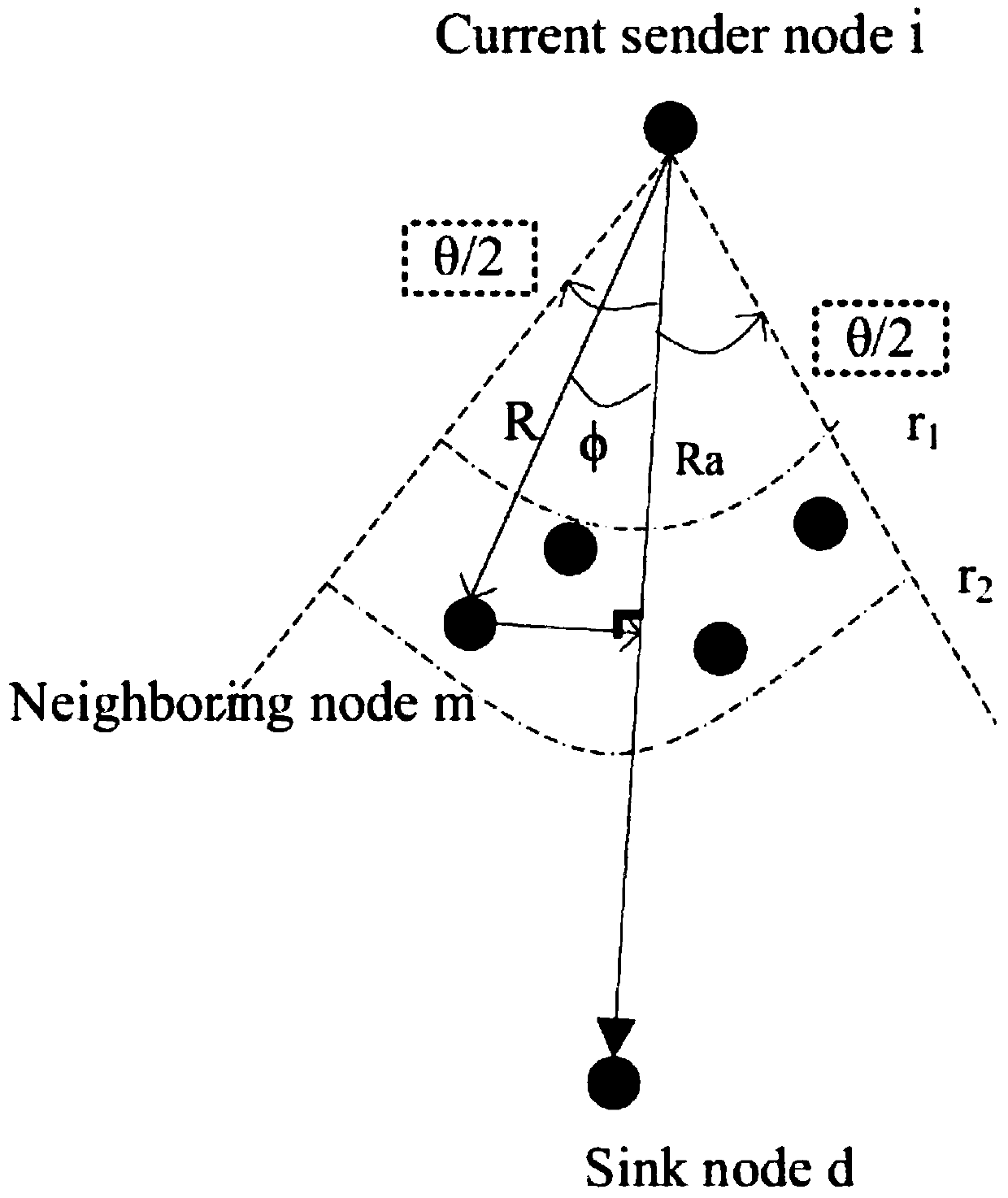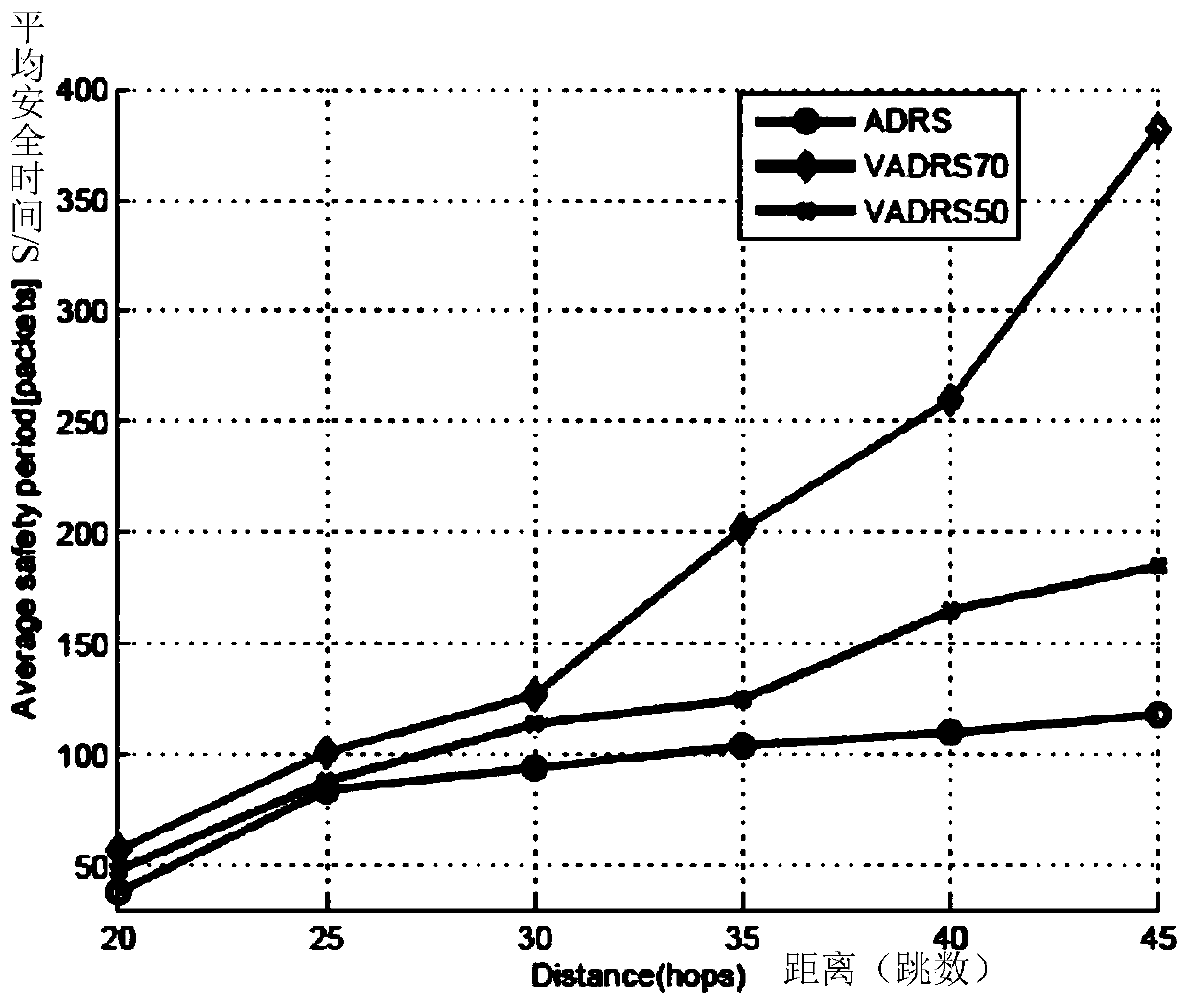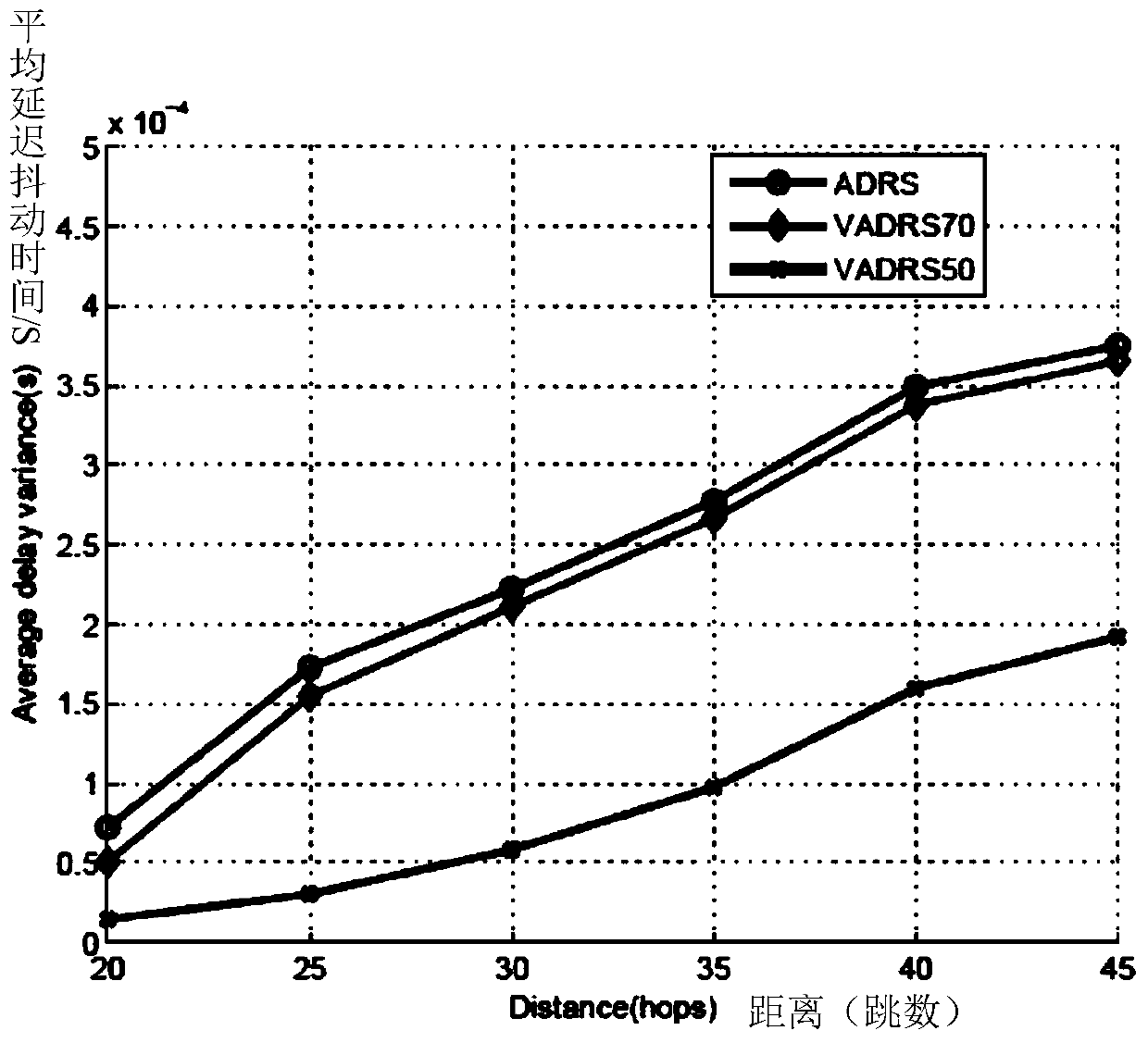A method for securely transmitting data packets sent by sensors to base stations in the Internet of Things
A technology of secure transmission and transmission method, which is applied in the field of wireless sensor network security, can solve the problems of poor network average delay jitter, network time delay, and inability to protect the privacy of energy node locations, so as to improve the security period and ensure the average end-to-end delay jitter Effects of sex, increasing difficulty and time spent
- Summary
- Abstract
- Description
- Claims
- Application Information
AI Technical Summary
Problems solved by technology
Method used
Image
Examples
Embodiment
[0041] In order to better illustrate the experimental process of the method for securely transmitting data packets sent by sensors in the Internet of Things to the base station provided by this embodiment, the network model of the Internet of Things to which this method is applied and the attack model encountered by the network model are firstly introduced.
[0042] 1. The network model of the Internet of Things.
[0043] The IoT network includes multiple wireless sensor nodes, which are randomly distributed in the monitoring area to monitor specific objects, and periodically report data to the base station while maintaining a minimum delay.
[0044] Most of the wireless sensor nodes obey the Poisson distribution, and the wireless sensor nodes here also obey the Poisson distribution. When an object is monitored, the nearby sensor nodes that detect the object become source nodes. Each source node transmits data packets to the base station in a multi-hop manner. Assuming that ...
PUM
 Login to View More
Login to View More Abstract
Description
Claims
Application Information
 Login to View More
Login to View More - R&D
- Intellectual Property
- Life Sciences
- Materials
- Tech Scout
- Unparalleled Data Quality
- Higher Quality Content
- 60% Fewer Hallucinations
Browse by: Latest US Patents, China's latest patents, Technical Efficacy Thesaurus, Application Domain, Technology Topic, Popular Technical Reports.
© 2025 PatSnap. All rights reserved.Legal|Privacy policy|Modern Slavery Act Transparency Statement|Sitemap|About US| Contact US: help@patsnap.com



